You brought home new plants, found them a sunny spot, gave them a good watering—and now they’re looking… off. It happens more often than most people admit. The adjustment period can be rough on plants, and small signs of stress can spiral quickly if you’re not sure what to look for.
The good news is that most issues can be reversed if caught early. Wilting, weird spots, droopy stems—these are all ways your plant is trying to tell you something. These 15 signs can help you figure out what’s going wrong and what to do about it before things go south for good.
Wilting Leaves
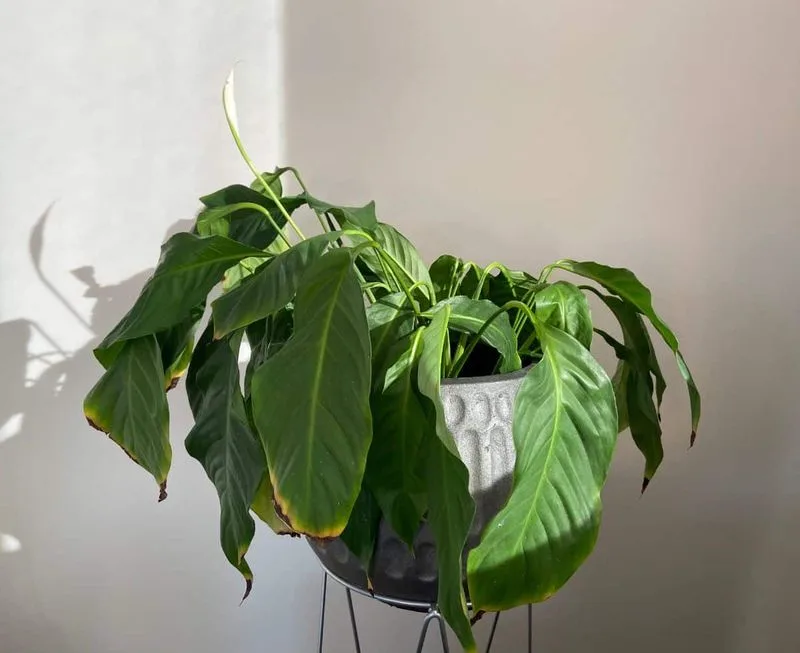
Have you noticed your plant’s once-vibrant leaves sagging sadly? Wilting is often a cry for help, commonly due to inadequate watering. Over- or under-watering can both cause wilting, making it vital to strike the right balance.
Consider the soil: is it too dry or overly saturated? Adjust your watering schedule accordingly to restore your plant’s bounce.
Remember, consistency is key. Keeping a regular watering routine can help prevent future wilting. A moisture meter can also be a helpful tool in maintaining the perfect hydration level for your leafy friends.
Yellowing Foliage
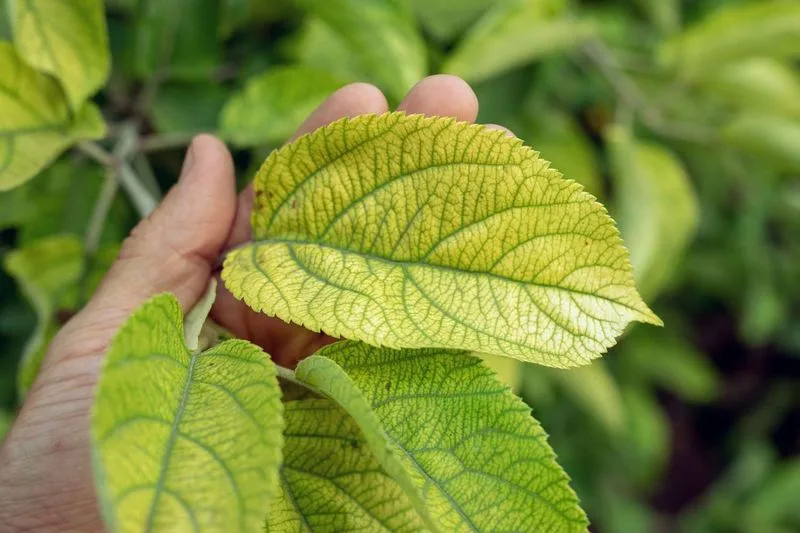
A vibrant green turning into a sickly yellow is a clear signal of distress in plants. This yellowing, often called chlorosis, might suggest a nutrient imbalance, particularly a lack of nitrogen.
Start by checking the pH level of the soil; an imbalance can hinder nutrient absorption. Consider using a well-balanced fertilizer to replenish essential nutrients.
Additionally, ensure the plant is receiving adequate sunlight, as this can influence nutrient uptake. By addressing these factors, your plant can regain its lush green vigor.
Browning Tips

When the tips of your plant’s leaves turn brown, it’s like a silent alarm going off. Browning tips are often a sign of low humidity or over-fertilization.
If your environment is dry, try increasing humidity around the plant by misting or using a pebble tray. Alternatively, if you’ve been heavy-handed with fertilizer, consider flushing the soil with water to remove excess salts.
These gentle adjustments can help return your plant’s leaves to their healthy, pristine state.
Stunted Growth
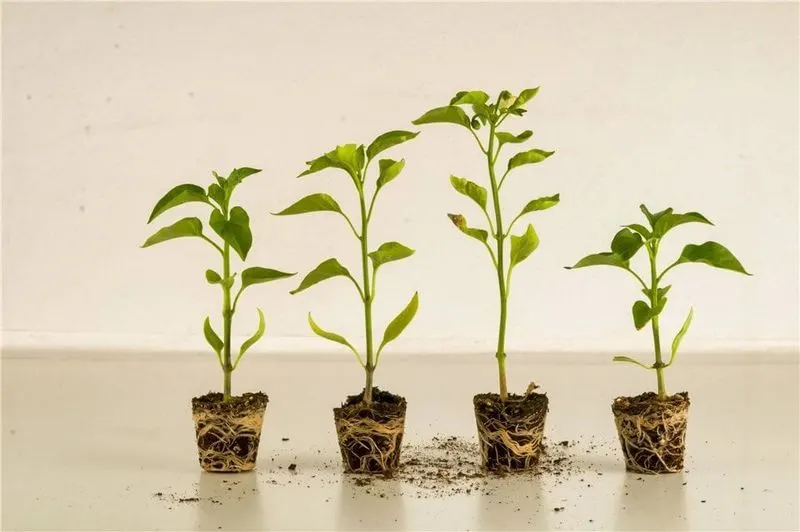
Is your plant refusing to grow taller or produce new leaves? Stunted growth can be a frustrating issue, often linked to root-bound conditions or nutrient deficiencies.
Check if the roots are circling the pot. If so, consider repotting into a larger container. Additionally, ensure your plant is receiving the necessary nutrients by providing a balanced fertilizer.
This simple intervention can help your plant reach its full potential, encouraging new growth and vitality.
Leaf Curling
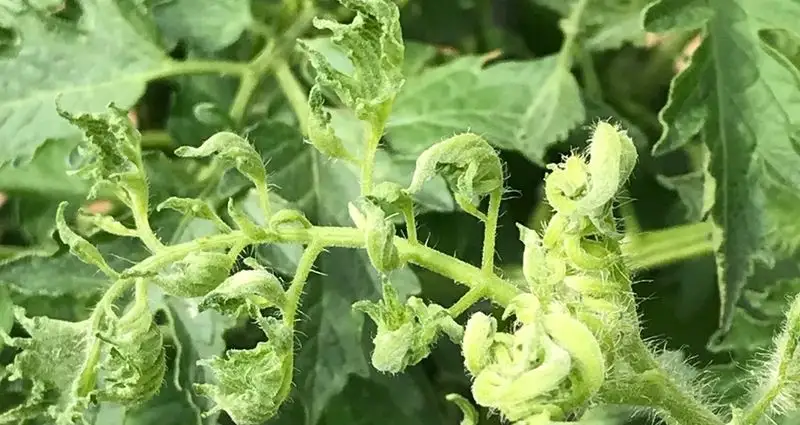
Curled leaves can be a dramatic sign of stress, often caused by rapid changes in temperature or moisture levels. Environmental factors such as drafts or air conditioning can exacerbate this condition.
Try relocating the plant to a more stable environment, away from harsh winds or temperature fluctuations. Consider adjusting your watering routine to accommodate the plant’s specific needs.
By creating a more consistent environment, you can help your plant’s leaves unfurl and relax.
Leaf Drop
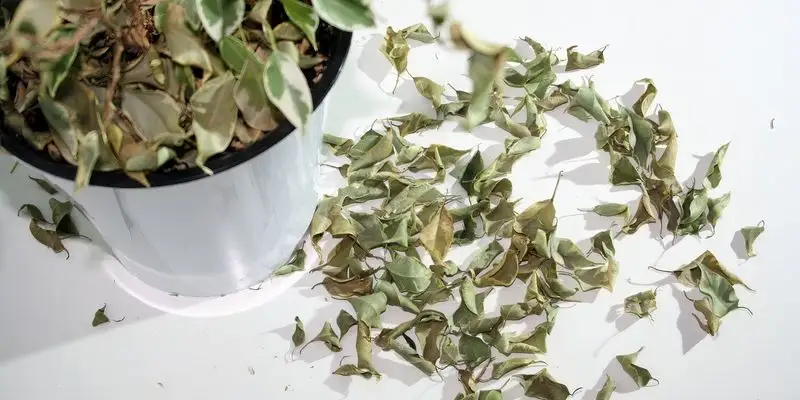
A plant shedding its leaves can be alarming, but it’s often a reaction to stress. Leaf drop might occur due to sudden temperature changes, over-watering, or a lack of light.
Begin by assessing environmental factors: is your plant exposed to drafts, or has its light source changed? Adjust these conditions as necessary.
Regularly check the soil moisture and ensure your plant is in a well-lit area to prevent further leaf drop. With patience, your plant can recover its leafy glory.
Leggy Growth

Leggy growth is a common sign that your plant is stretching for more light. Insufficient sunlight causes plants to grow tall and spindly as they search for brightness.
To remedy this, reposition your plant closer to a light source or consider supplemental grow lights. Regularly rotate the plant to ensure even growth from all sides.
With improved lighting conditions, your plant will develop a more robust and compact form.
Pale Leaves
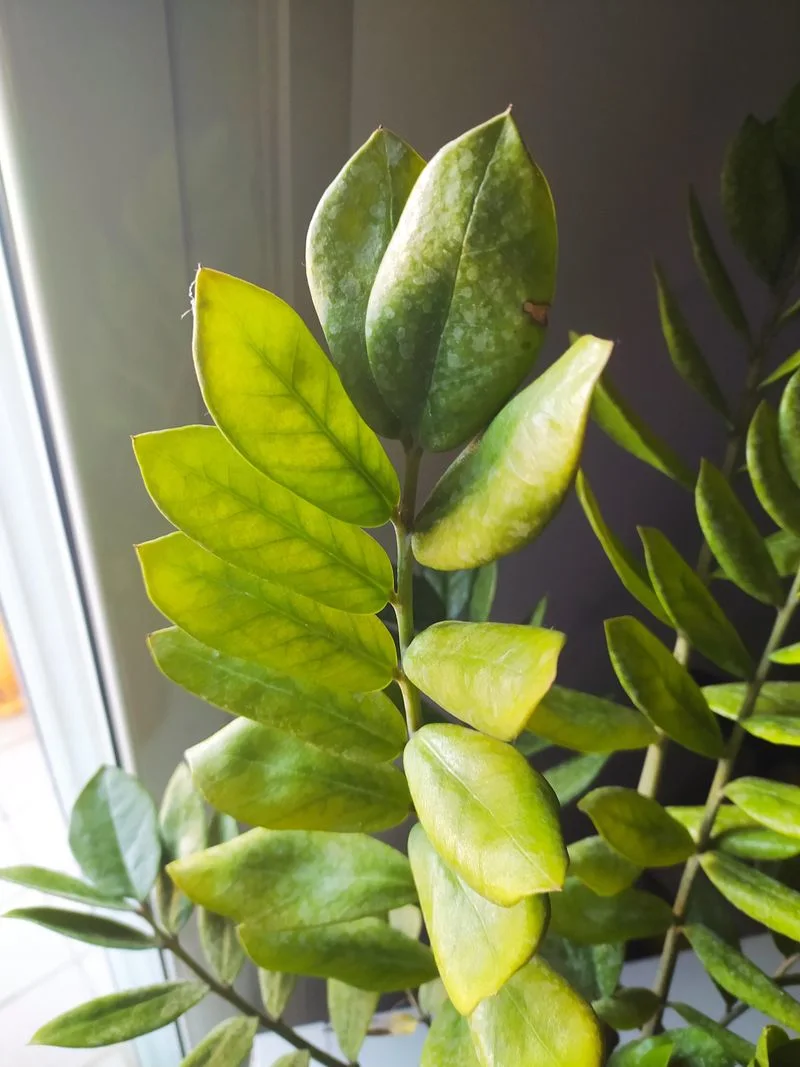
Pale leaves can indicate that your plant is starved of sunlight. Without adequate light, photosynthesis is compromised, leading to a lack of the chlorophyll pigment.
Move your plant to a brighter location, ensuring it receives indirect sunlight throughout the day. Avoid placing it in direct sun, which can cause leaf burn.
By enhancing the light exposure, your plant can regain its vibrant color and health.
Spots on Leaves
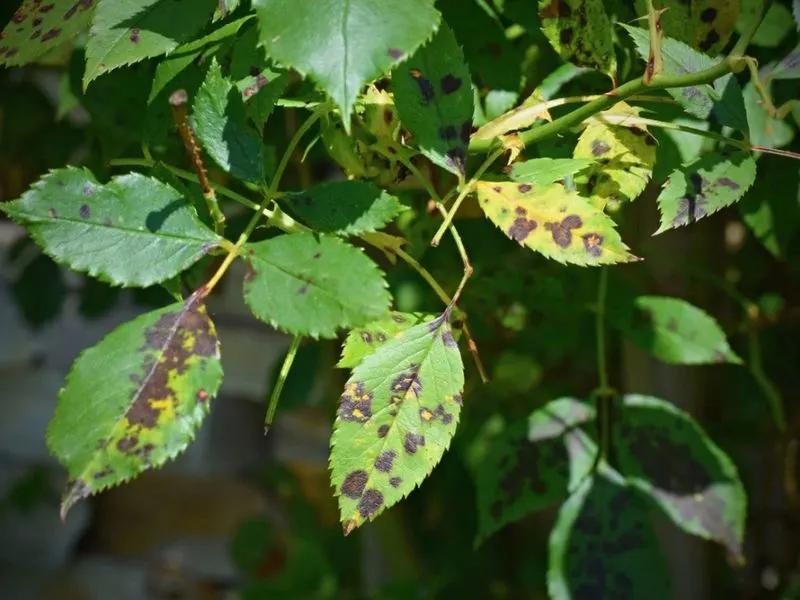
Dark spots on leaves can be troubling, often pointing to fungal infections or pest issues. These spots can spread quickly, affecting the overall health of your plant.
Inspect your plant closely for pests and remove any affected leaves. Applying a fungicide can help combat fungal infections.
Regular maintenance and hygiene can prevent future outbreaks, allowing your plant to thrive.
Fuzzy Mold
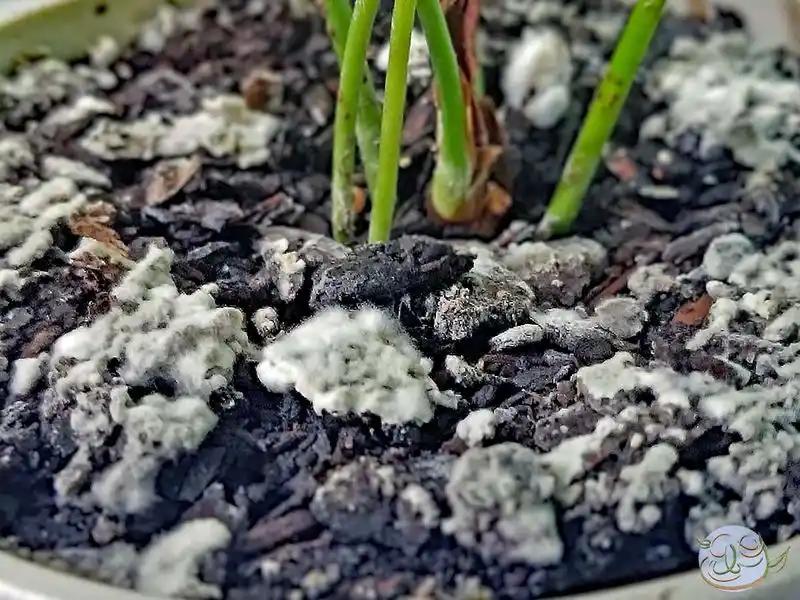
A layer of fuzzy mold on the soil surface is a clear sign of excess moisture and poor drainage. This mold thrives in damp conditions, potentially harming your plant’s roots.
Improve drainage by ensuring the pot has adequate holes and consider reducing watering frequency. Removing the top layer of affected soil and replacing it with fresh soil can also help.
These actions can restore a healthy environment for your plant’s roots.
Root Rot
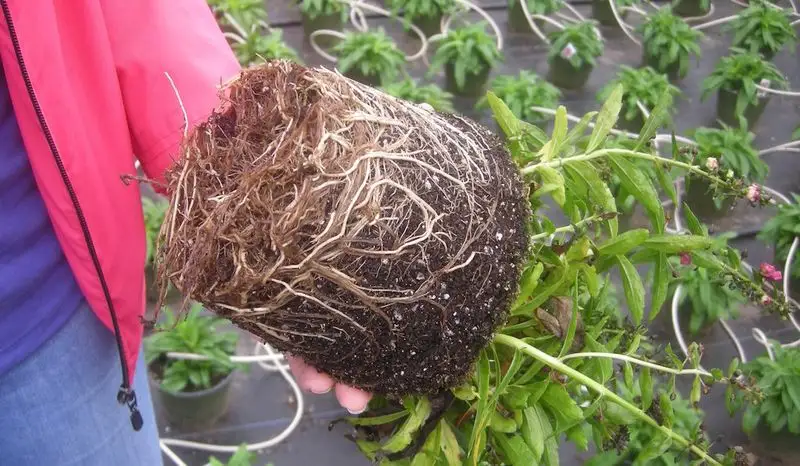
Root rot is a serious condition caused by prolonged exposure to overly wet soil. It can lead to brown, mushy roots that fail to support the plant.
To combat root rot, gently remove the plant from its pot and trim away any affected roots. Repot the plant in fresh, well-draining soil, and adjust your watering routine to prevent recurrence.
With careful attention, your plant can recover from this challenging condition.
Discolored Veins
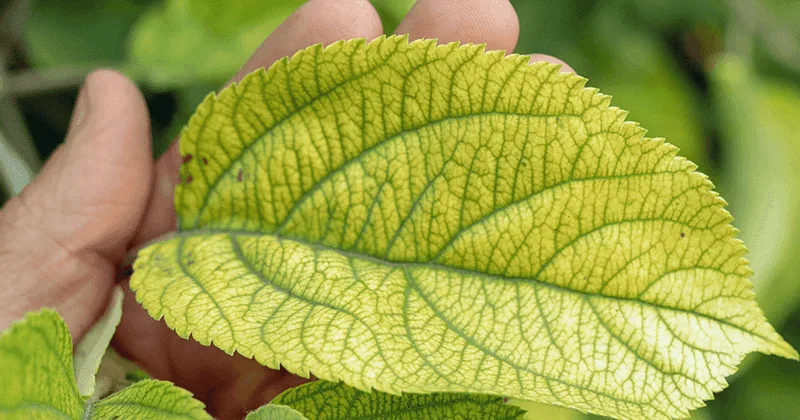
If your plant’s leaves display discolored veins, it might be facing a nutrient imbalance or disease. This condition often points to a lack of essential minerals such as iron or magnesium.
Consider testing the soil’s nutrient content and pH. Use appropriate fertilizers to correct any deficiencies.
By addressing the underlying issue, your plant can regain its vibrant health and continue to flourish.
Sticky Residue
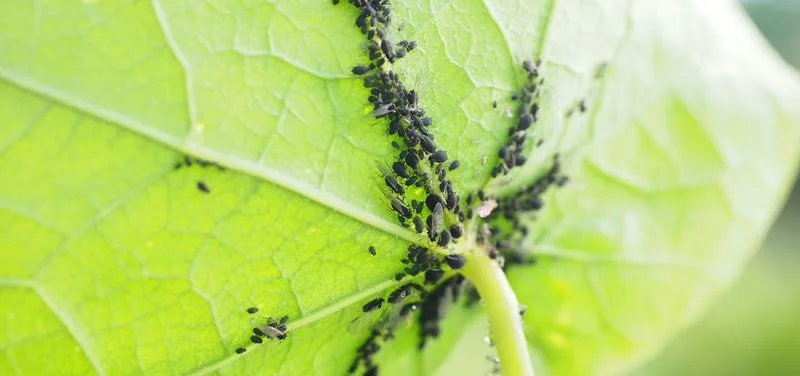
A sticky residue on your plant’s leaves is a classic sign of pest infestation, particularly from aphids or scale insects. These pests secrete a sugary substance known as honeydew.
Inspect your plant for insects and gently wash the leaves with soapy water, or use an insecticidal soap.
By controlling the pest population, you can restore your plant to a healthy, pest-free state.
Cracked Soil
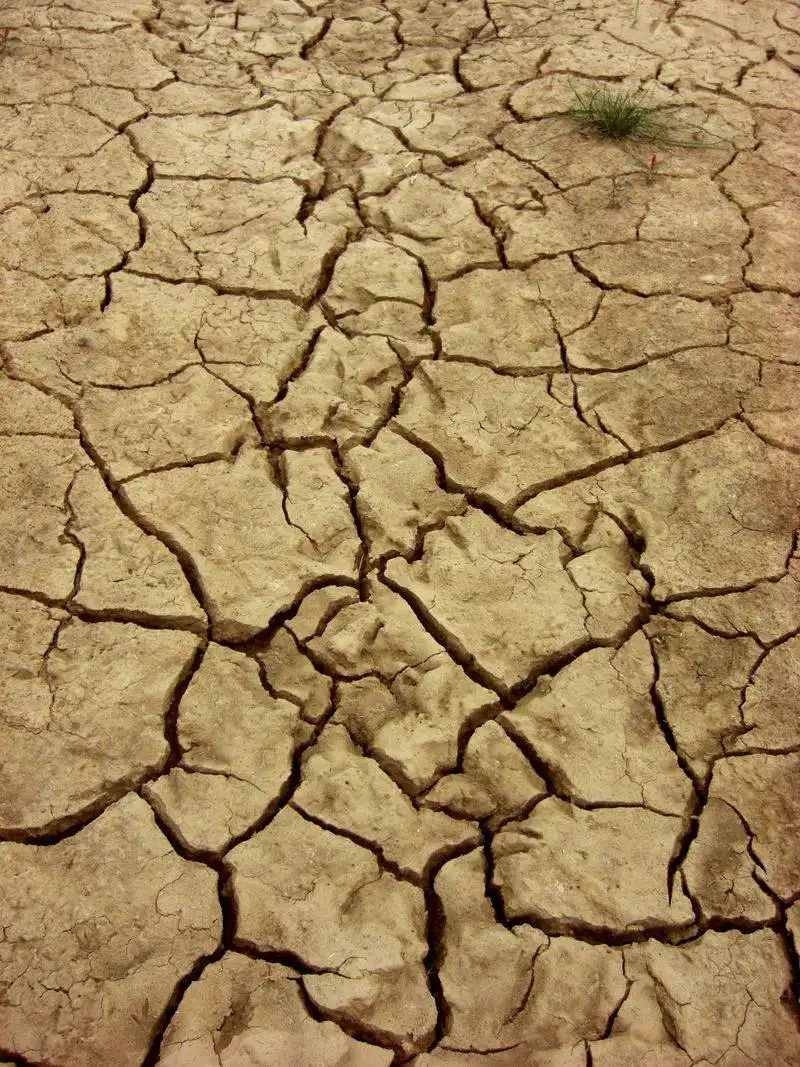
Cracked soil is a telltale sign that your plant is experiencing dehydration. This condition often occurs when the soil dries out too quickly or isn’t watered evenly.
Ensure that your plant receives consistent moisture by checking the soil regularly and watering evenly. Consider using mulch to retain soil moisture.
These steps can aid in restoring the soil’s health, ensuring your plant remains hydrated.
Unusual Leaf Coloration
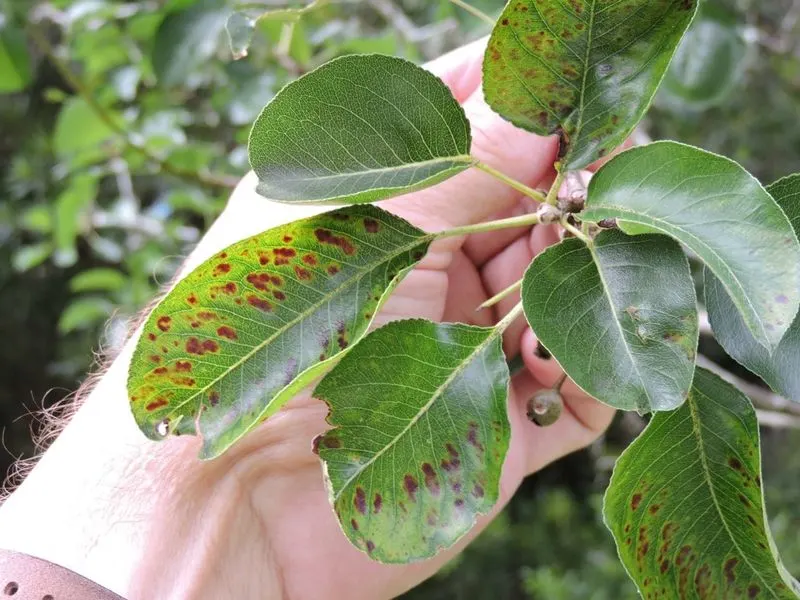
Unusual leaf coloration, such as reds or purples, can indicate environmental stress or nutrient imbalances. This shift in color can be a plant’s response to excessive sunlight or a lack of phosphorus.
Evaluate the plant’s exposure to light and adjust as needed. Applying a balanced fertilizer can help address nutrient deficiencies.
By restoring optimal conditions, your plant’s leaves can return to their natural hues.

